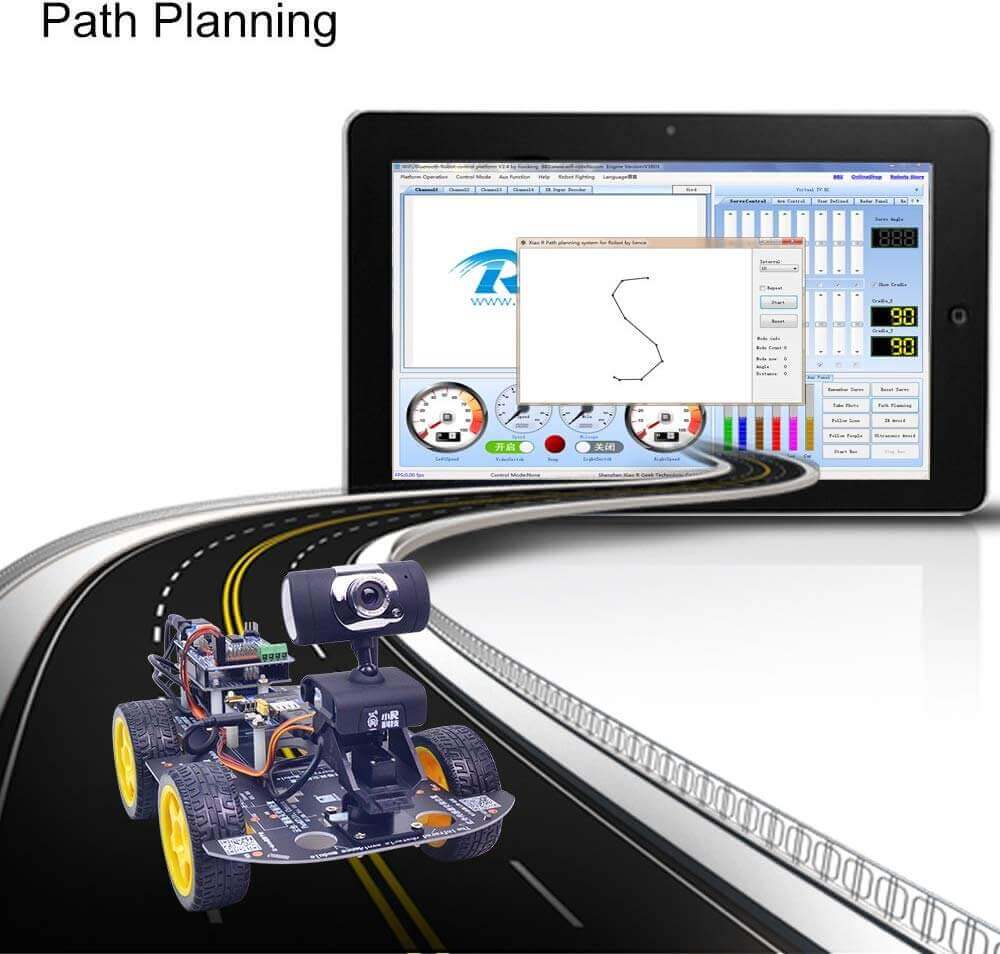I. Introduction
Arduino is an open source electronic prototyping platform that allows developers to quickly create interactive projects using an easy-to-understand programming language. Arduino C programming is a commonly used programming language in Arduino development. It has the advantages of being easy to learn and cross-platform. This article will delve into the basic knowledge, advanced skills and practical applications of Arduino C programming to help readers fully understand Arduino C programming.
2. Basic knowledge of Arduino C programming
Install the development environment: Before programming with Arduino C, you need to install the Arduino IDE (Integrated Development Environment). Arduino IDE is free and can be downloaded and installed from the Arduino official website. After the installation is complete, open the IDE and start writing code.
Programming language overview: The Arduino C programming language is a simplified version based on C/C++, retaining the basic syntax and structure of the C language. It mainly uses functions in the C language to complete specific tasks, allowing developers to write code quickly without paying too much attention to the underlying details.
Writing your first program: Writing your first program in the Arduino IDE is very simple. After opening the IDE, select "File" -> "New" and enter the following code:
c
void setup() {
// Initialize serial communication, etc. here
}
void loop() {
//Write the main logic of the program here
}
After writing, select "File" -> "Save" to save the file as an .ino file. Then, select "Tools" -> "Port" and select the port number to connect to the Arduino. Finally, click the "Upload" button to upload the program to the Arduino board.
Commonly used functions: Arduino C programming provides many common functions for controlling various peripherals on the board. For example, the digitalWrite() function is used to control the high and low levels of digital pins, the analogWrite() function is used to control the PWM signal of analog pins, and the Serial.begin() function is used to initialize serial communication, etc.
Data type: In Arduino C programming, commonly used data types include int, float, char, etc. In addition, Arduino also provides some special data types, such as boolean, void, etc.
3. Advanced skills in Arduino C programming
Interrupt processing: In some cases, we need to handle some tasks with high real-time requirements, such as key scanning, sensor data collection, etc. This can be achieved using an interrupt handler. In Arduino C programming, you can use the attachInterrupt() function to set up an interrupt handler.
Arrays and strings: In Arduino C programming, you can use arrays to store multiple data of the same type. For example, {1, 2, 3, 4, 5} is an integer array. In addition, you can also use strings to store text data, such as "Hello World!" is a string.
Dynamic memory allocation: In some cases, we need to dynamically allocate memory to store data. In Arduino C programming, you can use the malloc() and free() functions to implement dynamic memory allocation and release.
Function pointers and callback functions: In Arduino C programming, function pointers and callback functions can be used to implement the callback mechanism. A callback function refers to passing the address of a function as a parameter to another function and calling the function when needed.
Usage of libraries: Arduino provides many library files to simplify the development process. For example, the Wire library can be used to easily implement I2C communication, and the Servo library can be used to easily control the servo, etc. Using library files can greatly improve development efficiency.
4. Practical application of Arduino C programming
Smart home: Arduino can be used in the development of smart home systems, such as temperature and humidity sensors, door and window sensors, lighting control, etc. Various intelligent controls can be realized through Arduino C programming.
Robot production: Arduino can be used in the field of robot production, such as DS Arduino smart programmable robot car, GFS Arduino smart programmable robot car, TH Arduino smart programmable robot car,Bionic Hexapod smart programmable robot, etc. Functions such as robot motion control and sensor data collection can be realized through Arduino C programming.

